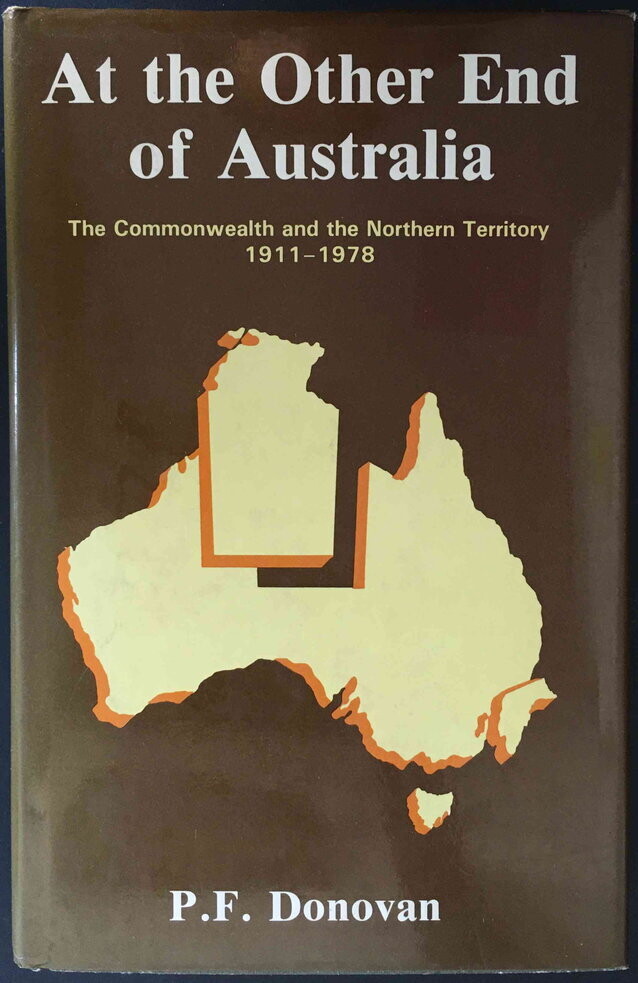At the Other End of Australia: The Commonwealth and the Northern Territory, 1911–1978 by P F Donovan
Book Description
Secondhand. Very good condition. Minor wear to book corners and edges. Dust jacket has some light creasing at edges and spine. Interior and binding are also very good.
What follows is an account of the history of the Northern Territory from 1 January 1911 to 1 July 1978, showing how features of the Territory's history related to one another and to major features of Australian and world history.
In many respects, the history of this period is similar to that from 1863 to 1910, when the Territory was the responsibility of the South Australian government. Like South Australia, the Commonwealth took on the responsibility of this vast territory, although it had only a fledgling bureaucracy unprepared for the challenge.
In both instances, early ill-informed measures dogged successive administrations. Like South Australia, the Commonwealth was determined, first of all, to ensure the economic prosperity of the region and its European inhabitants. However, for the most part, its initiatives failed as completely as those of the South Australians, and the Territory became a drain on the treasury, and was the bane of successive ministers and governments.
The central theme running through this account is the constant gulf between "perception" and "reality". As in the nineteenth century, so in the twentieth, contemporaries continued to perceive the Northern Territory as "A Land Full of Possibilities" — of economic and social development. Policies and plans were devised following this perception, only to be stillborn because of the difficulties associated with actual geographic and social factors in the Territory.
After World War II, continued developments in transport and communications technology helped to break down the isolation of inland communities, and the provision of services and amenities similar to those provided in the major population centres made life in the inland more attractive.
So, too, international conventions and an increasing awareness amongst Australians engendered increased frustration and concern at the state of black/white relations in the Territory.
However, governments had little control over these developments, nor had they been directly concerned about such quality of life issues, because the number of successful quantifiable developments determined their political survival. Few ministers scored political points from the Northern Territory despite the many attempts to do so. (Introduction)






